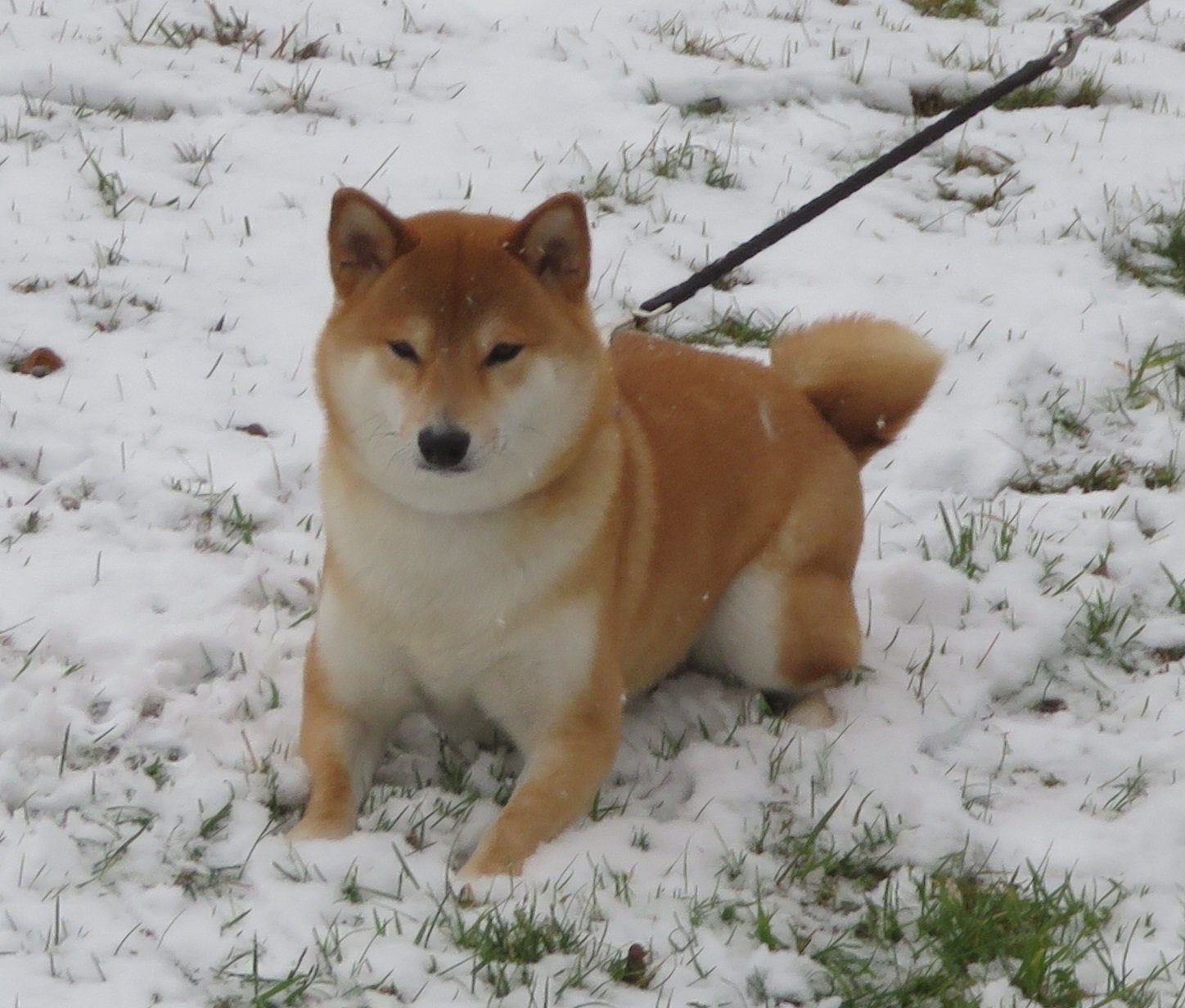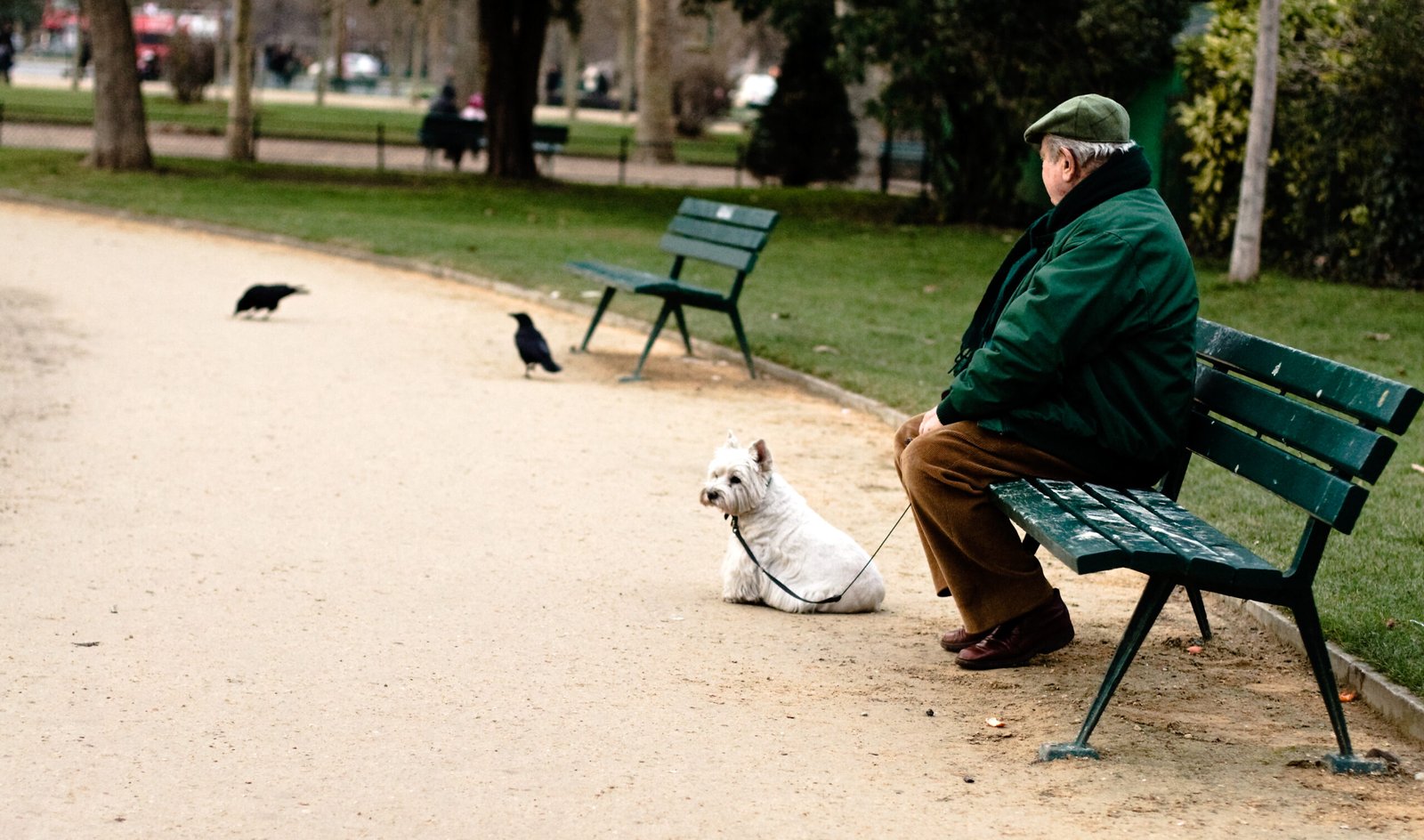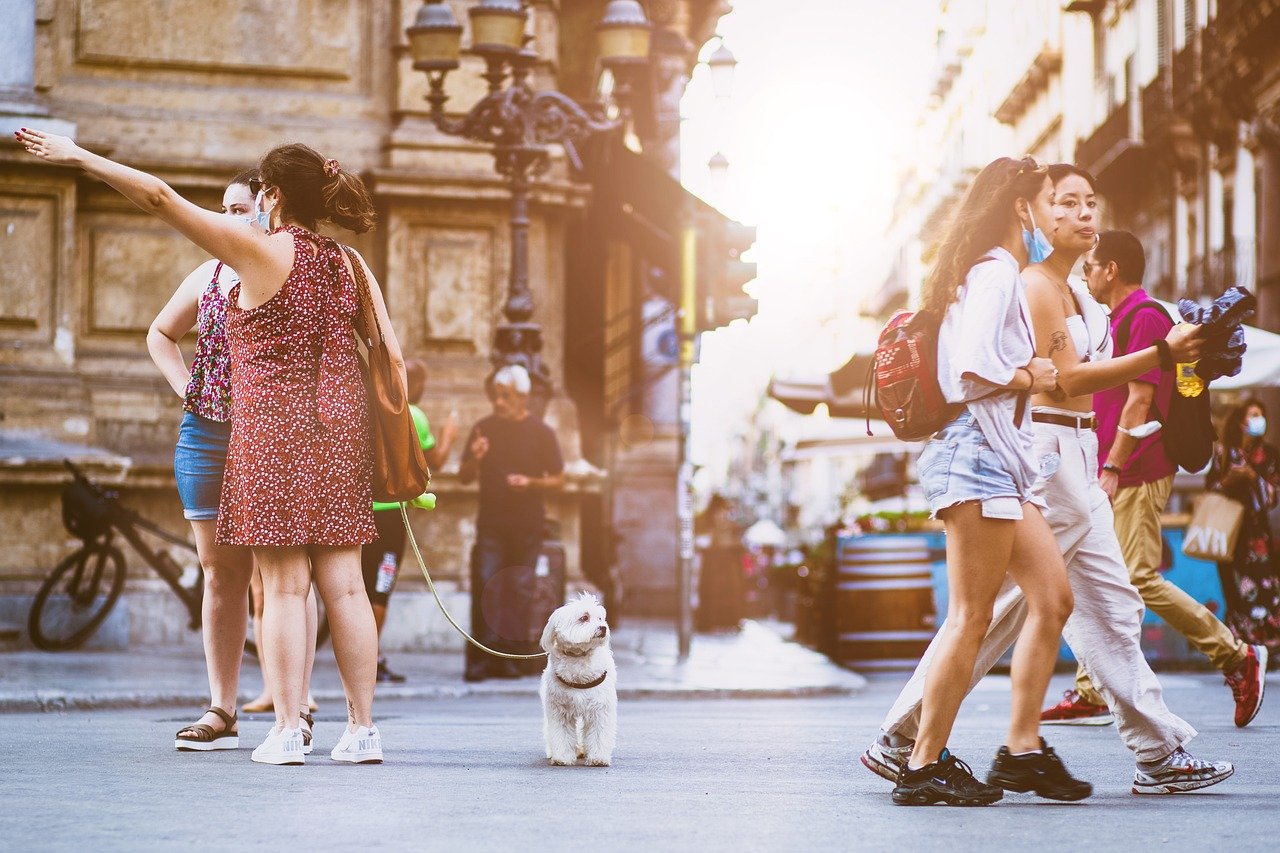Have you ever grabbed your dog’s leash only to see them slink away or freeze by the door? It’s a gut-punch, isn’t it? Walks are supposed to be the highlight of your dog’s day—so when your pup suddenly dreads them, something’s not right. I’ve met countless heartbroken owners convinced their dog has just “changed,” but here’s the truth: your dog’s reluctance is their way of crying out for help. Let’s walk through the real reasons dogs start hating walks, how to spot the red flags, and what you can do to bring back those tail-wagging adventures.
Sudden Hesitation: When Excitement Turns to Avoidance

If your once-bouncy pup now hides when you jingle the leash, pay attention. A dog who used to race to the door but now trots away or flattens their ears is sending a clear message. This shift in attitude usually means walks have become stressful or even scary.
Sometimes, it sneaks up on us—one day’s refusal turns into a week, then a habit. Don’t chalk it up to laziness or stubbornness. Dogs live for adventure and connection; when they turn away, there’s always a reason behind it.
Body Language: Reading the Silent Signals

Dogs are experts at telling us how they feel—if we know where to look. A dog who yawns, licks their lips, or tucks their tail on walks isn’t just being dramatic. These are classic signs of anxiety, discomfort, or fear.
Other subtle cues include flattened ears, wide eyes, or frequent glances back at home. If your dog suddenly stops sniffing or keeps looking to you for reassurance, it’s time to reevaluate what’s happening during those walks.
Pain and Health Issues: The Hidden Culprits

Sometimes, walk refusal isn’t about the walk itself but about how your dog feels physically. Joint pain, sore paws, or even an upset tummy can make a stroll feel like a marathon. Limping, slow walking, or frequent stops are red flags you shouldn’t ignore.
It’s heartbreaking, but many dogs try to “tough it out” for our sake. If you notice any changes in the way your dog moves or rests more than usual, a vet check is in order. Even minor health issues can steal the joy from their daily outing.
Overwhelming Environments: Too Much, Too Fast

Busy streets, loud noises, and crowds can turn walks into a sensory overload for sensitive pups. If your dog freezes at the sound of trucks or barks at every passing stranger, they might be overwhelmed rather than stubborn.
Imagine being at a rock concert when you’d rather be reading at home; that’s how some dogs feel about bustling neighborhoods. Consider quieter routes or gradually introducing new environments to build your dog’s confidence.
Rushed Walks: When Quality Beats Quantity

We’ve all been guilty of power-walking our dogs “just to get it done.” But dogs crave time to sniff, explore, and move at their own pace. If your dog is tugged along, scolded for stopping, or hurried back home, walks become a chore instead of a pleasure.
Let your dog set the pace sometimes. The world is a thrilling place when you’re a few inches off the ground! Sniffing isn’t wasted time—it’s your dog’s way of reading the morning news.
Negative Associations: The Shadow of Past Experiences
A single bad experience—a scary dog, a loud bang, or slipping on ice—can leave a lasting impression. Dogs remember more than we think. If your pup stopped enjoying walks after a specific incident, they might be associating walks with fear.
Patience and positive reinforcement work wonders here. Gentle encouragement, treats, and short, pleasant outings can help rebuild trust and positive feelings.
Uncomfortable Gear: When the Leash Is the Enemy

Ill-fitting collars, harnesses that chafe, or retractable leashes that jerk can make every step unpleasant. If your dog paws at their harness or refuses to move when you put it on, gear could be the culprit.
Check for proper fit and comfort. Sometimes, just swapping a stiff collar for a padded harness or using a standard leash can transform your dog’s attitude toward walking.
Prevention and Turning Things Around: Rekindling the Joy
The best way to prevent walk aversion is to listen and adapt. Keep walks positive, let your dog lead sometimes, and stay attuned to their changing moods or needs. Early intervention—whether it’s a trip to the vet or a switch to quieter paths—can make all the difference.
Most importantly, celebrate small wins. If your dog shows even a hint of excitement today, nurture it! Every walk can be a fresh start, a chance to reconnect and rediscover the world together.






